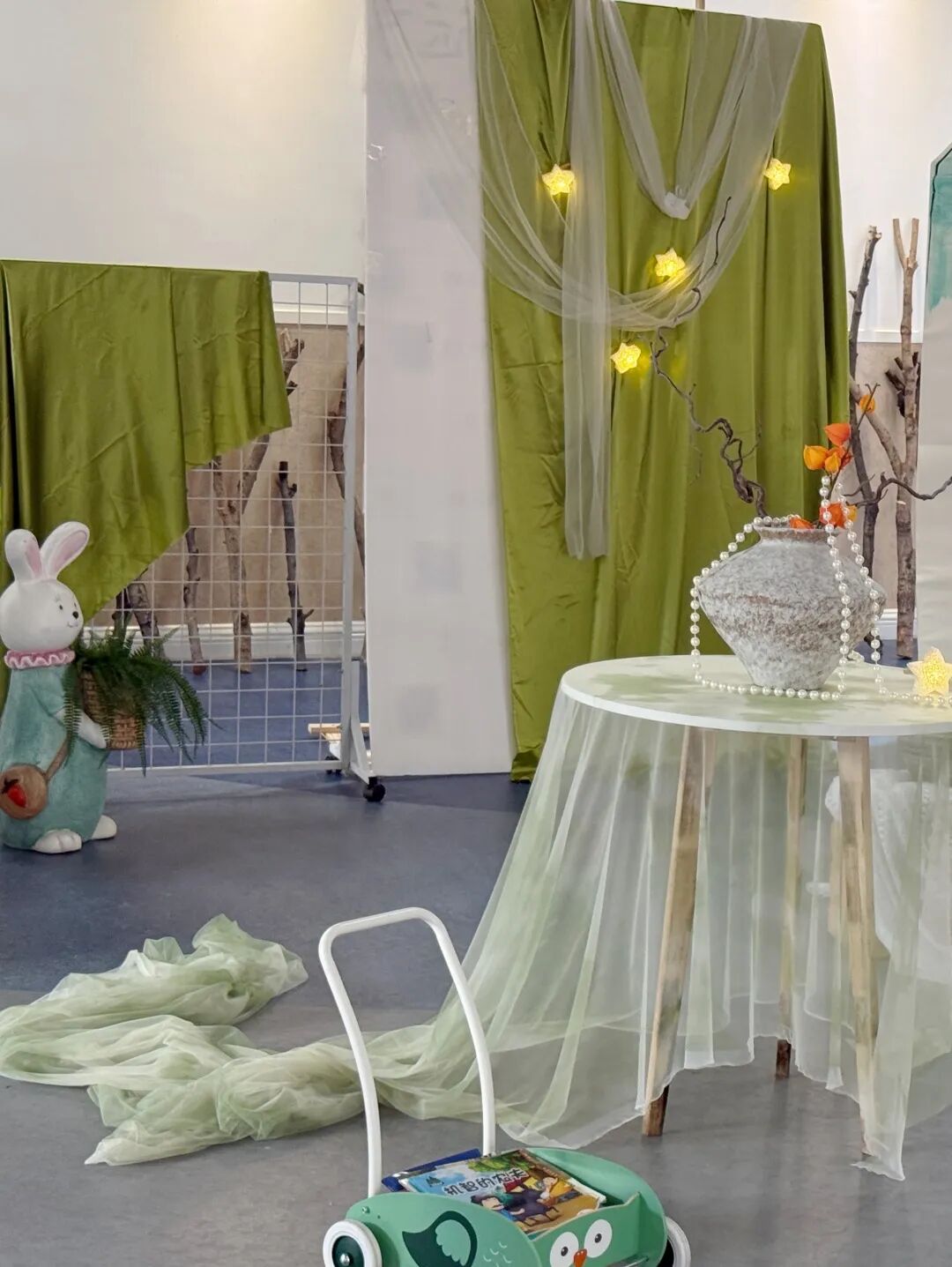转自公众号:EtonkidsEnglish
http://mp.weixin.qq.com/s?__biz=MzU5NDc0OTA2Mw==&mid=2247484800&idx=1&sn=0d048e672863921704530a239145cab3
Here you are. You have a little bit of extra cash set aside for a rainy day, the mortgage is paid, and the children’s trust fund is in order. What better thing to spend some hard – earned cash on than some travelling? You set the date, purchase the tickets to a new country, and hit the dusty trail. Once you get to the new country, you might catch yourself thinking, “Wow, I wish I could speak the local language.” Have you ever sat down and tried to learn a new language? If so, you have also probably thought, “I wish I had a head start at this.” While you cannot control whether you received a head start at learning a new language, it’s not too late to teach a loved one.
有那么一天,您发现房贷已经还完了,家里也存足了以备不时之需的资金,为孩子未来准备的信托基金也有了着落。这时,将辛苦赚来的钱花在旅行上是不是更能好好犒劳自己呢?您定好了日期,买好了去异国的机票,开始了说走就走的旅行。到了目的国,您可能会突然感叹:“哇哦!真希望我能说当地的语言!”您是否曾静下心来认真地试着学习一门新的语言?即使有过这种经历,或许您还是会感叹:“真希望当时可以早点学习!”当然,忆往昔之不谏, 知来者犹可追。您虽已无法让自己回到过去,早些开始,却还来得及去教您身边所爱的人。
1
2
3
4
5
6
ES Paul at Etonkids SH campus with self-created LM for Kids’ English Learning
来自Etonkids上海校园的外教老师Paul,利用自创的玩教具跟孩子玩游戏、学英语。
There are many benefits to be being bilingual – increased neuroplasticity, increased listening skills, and more job opportunities. So how can you help your children prepare for the future job market? There’s a very simple solution – Help them become bilingual! This is easier said than done, but the benefits are well worth it. You may have some questions about how to help a child become bilingual. One of the most beneficial ways is creating a bilingual home atmosphere. Keep reading to learn some quick tips and tricks. Experts agree that there are generally four stages of bilingual learning in children. They are listed below:
精通两种语言的益处颇多,如:可以提高倾听技能,可以获得更多的工作机会。那么,您该如何帮助孩子为未来做好准备呢?方法很简单——让孩子成为双语人才!这说来容易,做起来可不简单, 不过非常值得一试。最有效的一招是在家里营造一个双语环境。您不妨继续读完本文,以获得一些感悟或小技巧。不少专家认同,孩子们在双语学习过程中一般会经历以下四个阶段:
Stage 1/ 阶段一
Continued Use of Home Language
继续使用母语
There may be a period of time where children use the home language in second language situations. During this period, children use their home language in hopes that it will be understood, sometimes not even realizing that this may not be a proper medium of communication. This stage tends to be relatively short as children soon realize that they cannot understand and cannot be understood.
开始的一段时间,您的孩子会在二语环境中继续使用自己的母语。在这期间,孩子使用自己的母语时,希望能被人理解,甚至可能意识不到这样并不适宜沟通。这个阶段非常短暂,因为孩子很快就会意识到自己听不懂他人的语言,别人也无法理解自己说的是什么。
Stage 2/阶段二
Silent or Non-verbal Period
沉默阶段
Children enter a silent period when they discover that their home language does not work in the second language situation. During this stage, children may need time to collect information about the new language. This stage proves to be age-dependent, in that children have to have a certain level of cognitive maturity to understand that all people do not speak the same language. In this stage, children need time to get used to the sounds of the new language. They may even begin to rehearse the sounds to themselves until they possess the confidence to use it with others.
孩子们意识到自己的母语在二语环境中行不通,于是就会进入到沉默期。在这期间,孩子们需要时间去获取新语言信息。这个阶段被证实和孩子的年龄有关系,因为孩子需要在认知能力发展到一定程度后才能理解不是所有人都说同一种语言。在这个阶段,孩子们需要时间去适应新语言。他们甚至会自己先进行练习,然后才能自信地和他人交流。
from Rowena’s class at Etonkids CD campus
来自成都校园Rowena老师的班级
Stage 3/阶段三
Repetition and Language Play, Use of Formulas, Routines, and Single Words
重复练习、语言游戏,套用规则、惯用语和单个词语
Children begin to use single words and rehearsed phrases during the early stages of learning. The chunks of language may be memorized phrases from songs, stories, or routine language use.
在学习语言的初期阶段,孩子们会试着使用单个的词语和演练过的短语。他们会从歌曲、故事和日常惯用语中学习词汇和短语。
from Paul’s class at Etonkids SH campus
来自上海校园Paul老师的班级
Stage 4/阶段四
More Complex Language and Productive Language Use
更复杂的语言和运用阶段
In this stage, children begin to develop productive use of the additional language, which means they can build on and extend the use of single words and chunks of English to produce more complex language. Children can begin to communicate with the words of the new language that they already know. They begin to combine words in ways other than the way they were taught.
在这个阶段,孩子们进一步学习运用新语言,这意味着他们会渐渐掌握单个词语和词汇组合的延伸用法,使用更为复杂的语言。他们会运用新学到的词汇去跟他人沟通。他们会开始按照自己的方式而不是别人所教的方式去组合单词。
from Melissa’s class at Etonkids NJ campus
来自南京校园Melissa老师的班级
Now that you have an idea of the way that second language acquisition works, let’s talk about some questions that you may have.
以上就是二语习得要经历的几个阶段。接下来,我们将要讨论您可能会存在的一些疑问。
Q
How can I teach my children to be bilingual?
如何让我的孩子成为会双语的孩子?
1
Provide books in the other language that you want your children to learn.
您想让孩子学习哪种语言,就为孩子准备这个语种的书籍。
2
Play music and show educational television shows in the second language in your home.
在家里,为孩子播放第二语言的音乐和教育类电视节目。
3
Speak the language that you want your children to learn. You do not need to speak the language to them all day if it is too difficult. Choose specific times throughout the day that you only speak the new language. An example of this is a mother speaking to her son in English while the father continues to speak in Chinese. Parents can also choose specific times throughout the week to speak the second language to their children like during dinner time or Saturdays and Sundays.
在和孩子的交谈中使用孩子正在学习的第二语言。如果您觉得坚持一整天说这门语言有些困难,不妨选择在一天的某段时间跟孩子练习说这门语言。比较好的一种方式是,如果爸爸跟孩子讲中文,那么妈妈可以坚持跟孩子说英文。也可以在一周中某个特定的场合跟孩子练习说外语,如:在晚餐的时间或是在周六、日的时候。
Q
What should I expect when my children are learning more than one language?
孩子在学习一门新语言的时候,我该有哪些期待?
1
Children are unique; the exact development speed is dependent on the amount of input the parents provide them. Like other children, most bilingual children speak their first words by the time they are one-year-old (e.g., “Hello,” or “Bye-bye.”). By age two, most bilingual children can use two-word phrases (e.g., “My ball,” or “No juice.”). These are the same language developmental milestones seen in children who learn only one language. From time-to-time, children may mix grammar rules, or they might use words from both languages in the same sentence. This is a normal part of bilingual language development. It may seem negative, but remember that the children are learning two languages.
每个孩子都是独一无二的。孩子的学习及发展速度和父母的投入息息相关。跟其他孩子一样,很多双语环境中的孩子能在一岁左右第一次开口使用他们的语言(如:“Hello” 或是 “Bye-bye”)。到了两岁的时候,大多数的双语儿童就可以使用单个单词的短语了(如:”My ball,” 或是 “No juice.”)。他们的语言发展里程碑和其他只会一种语言的孩子是一样的。孩子们可能会时不时地将两种语法混着用,或是在一个句子中同时使用两种语言。这是双语学习的正常过程。看上去好像不太乐观,但您可别忘了,孩子在同时学习两种语言!
Taken as a whole, creating a bilingual atmosphere is beneficial on many different levels. Bilingual children could potentially have more opportunities than their single-language counterparts. Creating a bilingual atmosphere at home just takes a bit of preparation, but if done correctly, you can ensure that your children have that head start on which you may have missed out.
总的来说,创造一个双语的家庭环境会让孩子从多个方面受益。比起只会一种语言的孩子,双语儿童拥有更多潜在的机会。创造一个双语的家庭环境需要您花些心思做准备,但是如果方法对了,一切就都值得了,因为那些错失的遗憾将不会出现在您的孩子身上。
From KIDS Magazine
摘自《发现孩子》











